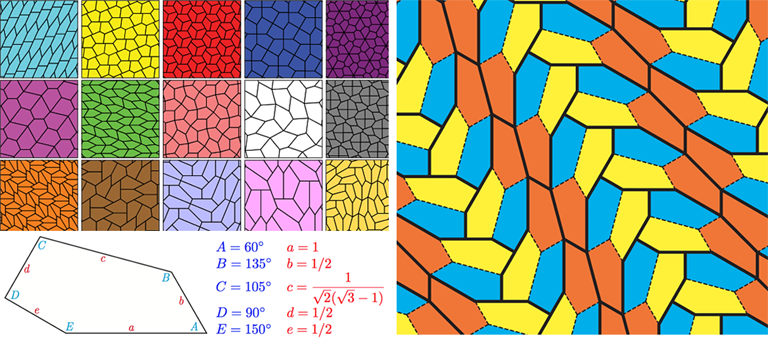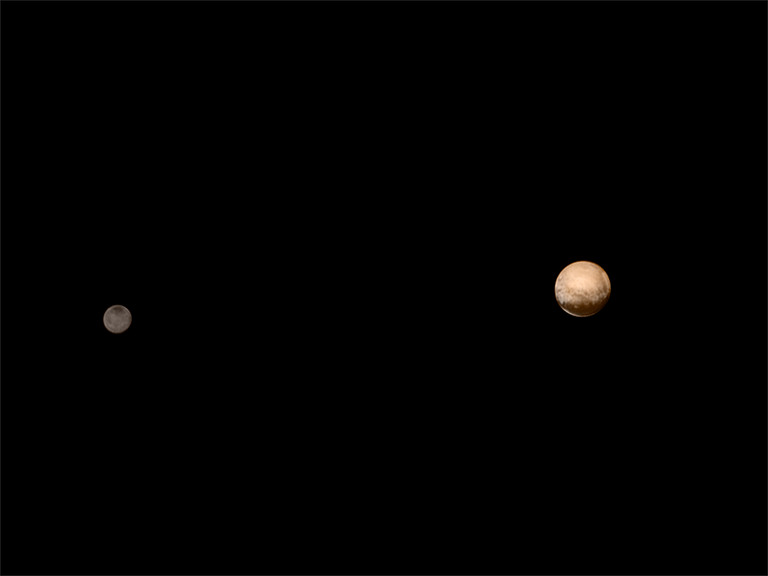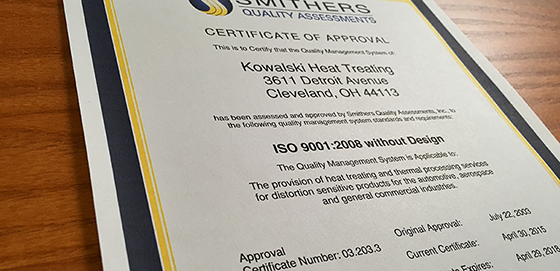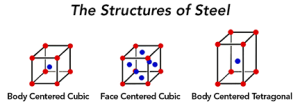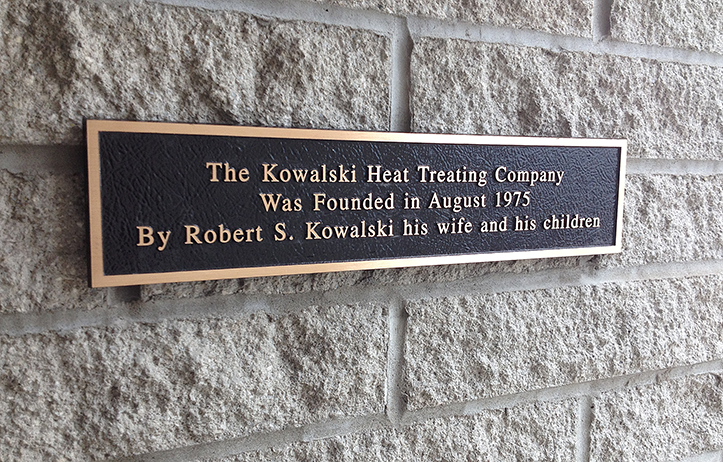Word

Benjamin Day (top right) gave birth to the newspaper business (top left) and jobs for a whole lot of kids (under Mt. Day) in the US. And while we may get a whole lot of information online these days, there is still nothing quite like a newspaper in your hand and a cup of coffee on the table. :))
Habit. Ritual. Insights. Knowledge. Need to know. Comfort. World events. Gossip. Sports. Comics. And more. I don’t know about you, but there’s just something special about sitting down and reading the newspaper. Comfy chair, check. Hot coffee, check. Good lighting, check. Paper, got it. Growing up I can remember Mom and Dad …reading both the morning and afternoon papers religiously. I usually read the comics first, and sometimes the sports page. As a business person, I never tire of the stories, editorials, other business stories, the “sporty page” and future predictions. I can remember when traveling back in the day “everyone” had a copy of USA Today – in the airport, on the subway and in the hotels, delivered right to your door. Today marks the anniversary of the first newspaper published in the US back in 1833, along with a unique method of distribution (my daughter would call this “a clever target consumer user engagement strategy”). Now, I know I can get more than enough news on my phone and computer – it floods my inbox 24/7 – but it’s just not the same. Good for headlines and a paragraph or two, but not the same. For those who know what I’m talking about, drop me a line (skowalski@khtheat.com) and let me know your habits. (I know this is “e” blog/email – if you would like a hard copy, let me know!!) Enjoy. And thanks to quintype.com for the info and YouTube for the music.
Music while you read: Eddie Fisher
Newspapers have been an integral part of people’s lives for nearly 400 years. From the initial handwritten notes, to the advent of the printing press, print media has come a long way.
The history of written news dates back to the Roman empire around 59BC. Back then, Rome was the center of the western world and was the hub of innovation – from grid-based cities to the invention of concrete, Rome was leading the way. Most historians credit the birth of the regular written news updates to the Romans.
Acta Diurna (which roughly translates to daily public records) which was hard carved news on stone or metal sheets, covering politics, military campaigns, chariot races (wonder if drivers went to pre-season training camp?) and executions (now that’s something to follow – ugh), was published daily and posted by the government in the Roman Forum. The Acta which was originally kept secret, was later made public by Julius Caesar in 59BC.
The history of the printed newspaper goes back to 17th century Europe when Johann Carolus published the first newspaper called ‘Relation aller Fürnemmen und gedenckwürdigen Historien’ (Account of all distinguished and commemorable news) in Germany in 1605. You can access some of the digitised versions from 1609 here. Europe was the hub of printed newspapers in the 17th with quite a few of them starting operations in German, French, Dutch, Italian and English soon after.
The first newspaper to be printed in India was the Hicky’s Bengal Gazette in 1780 from a printing press in Calcutta.
Newspapers have been integral to society in recent history and have had a significant effect in shaping our political views. The initial newspapers were expensive and hence read only by the privileged few. The rapid evolution of the printing press brought down the costs of newspapers and helped print a lot more copies at much lower costs.
With the advent of advertising in the 19th century, the cost of newspapers fell significantly and was well within reach of a much wider population. As the circulation grew, so did the ad revenues. These were the heydays of print media — they were the innovators in using illustrations and images in storytelling, in using telegraph and telephone for rapid sourcing of news from across the world and setting up widespread distribution channels to reach their audience. Most of the publications were hugely profitable and owned by wealthy individuals who used these mediums to spread their political views. (by comparison, Google’s ad revenue last year was $85 billion – not a bad model to follow).
The American newspaper business as we know it was born on September 3, 1833, when a twenty-three-year-old publisher named Benjamin Day put out the first edition of the New York Sun. Whereas other papers sold for five or six cents, the Sun cost just a penny. For revenue, Day relied on advertising rather than on subscriptions. Above all, he revolutionized the way papers were distributed, selling them to newsboys in lots of a hundred to hawk in the street. Before long, Day was the most important publisher in New York.
Newspapers have faced competition from other media vehicles in the past. First, In the 1920s and 30s, when radio adoption was growing, and organizations started broadcasting news over radio transmission. News over radio was almost immediately available rather than waiting for the next day.
And then, in the 50s television was a new device in western homes and became the primary medium to influence public opinion. The news formats on television were a lot more engaging when compared to print or radio. The concept of primetime was invented, and people were glued to their television sets between 8pm – 10pm to catch the latest political, sports and weather updates in their country, and across the world.
While both these mediums did have an impact on newspapers initially, print didn’t face any existential threat from either of them. In fact, newspaper circulation continued to grow as television got more popular and they were largely considered parallel media rather than direct competition.
However, the last 20-25 years have not been that accommodating to print media in general. The rapid rise of digital media on the back of the internet and smartphone penetration has had devastating effects on newspapers worldwide, but advantages too, as it takes about 500,000 trees to make enough paper for one day of newspaper production.
Today most people get their news on their smartphones (news sites, aggregators, social, search etc). The industry is certainly facing its toughest time in history, much like the 90s and early 2000s when photography was disrupted through the invention of digital photography devices.
Of the estimated five billion newspaper readers in the world, three billion read print newspapers. Readers looking for a break from screen time have also been known to subscribe to larger print content. In certain niches and industries might prefer print over digital; this could be due to the internet penetration level and the nature of the population.
The 57th annual World Newspaper Congress, held in Istanbul in June 2004, reported circulation increases in only 35 of 208 countries studied. The significant increase in numbers came from the developing countries, notably China.
Top newpapers in the US today remain – The Wall Street Journal, USA Today, The New York Times, followed by LA Times, Washington Post, Chicago Tribune, and New York Daily News
In order for democracy to hold its essence, people will always need access to information. With “media mogals” buying up more local and national newspapers, we often wonder how “fact based” newspapers are these days as the political voice has shifted. This is being accelerated as the switch from mass media to personalized information is changing the very nature of content consumption. See charting HERE.
Best print cartoons of the week HERE.
See how The New York Times Is Made HERE.
One last comment: Regardless of your political beliefs we all need to demand a free – fair uncensored press!
::::::::::::::::::::::::::::::::::::::::::::::::::::::::::::::::::::::::::::::::::::::::::
DO YOU LIKE CONTESTS?
Me, too.
As you may know the Kowalski Heat Treating logo finds its way
into the visuals of my Friday posts.
I. Love. My. Logo.
One week there could be three logos.
The next week there could be 15 logos.
And sometimes the logo is very small or just a partial logo showing.
But there are always logos in some of the pictures.
So, I challenge you, my beloved readers, to count them and send me a
quick email with the total number of logos in the Friday post.
On the following Tuesday I’ll pick a winner from the correct answers
and send that lucky person some great KHT swag.
So, start counting and good luck!
Oh, and the logos at the very top header don’t count.
Got it? Good. :-))))
Have fun!!
::::::::::::::::::::::::::::::::::::::::::::::::::::::::::::::::::::::::::::::::::::::::::


